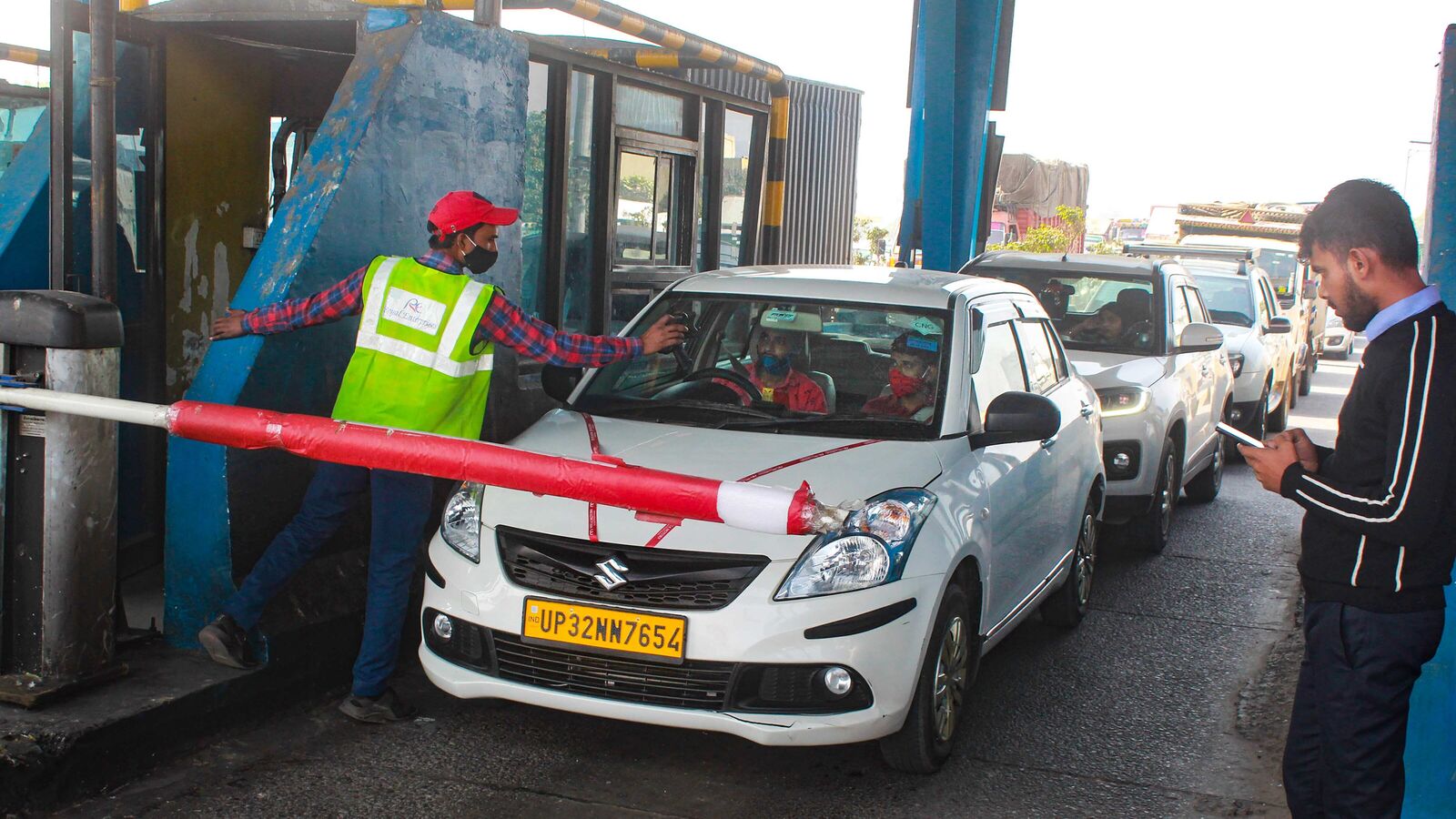The move to implement the GPS-based system at NHAI toll plazas across the country comes around three years after the Centre implemented the FASTag-based toll collection system as mandatory across all national highways. The RFID-enabled toll collection system promised to reduce long queues to pay toll. The new system promises to be even smoother with vehicles not required to stop for toll payment. It will remove all physical toll booths on national highways and allow vehicles to move through these sections without any barrier.
NHAI has not finalised the agency which will be tasked to implement the system. The agency has invited tenders from global companies who can enable GNSS-based toll management system last month. The tender aims to cover 50,000 kms of India’s national highway network within two years.
Nitin Gadkari hopes the new GNSS-based toll management system will do away with some of the cons of the FASTag system. During an event on Tuesday, he said, “GNSS will add another ₹10,000 crore to the toll revenue and remove 99 per cent of the existing loopholes in the system. We need to put in place a transparent, qualitative and a leak-proof system of GNSS-based toll collection in India to ensure no inconvenience to toll users.”
Also Read : Upcoming cars in India in 2024
GNSS-based toll collection: How it works
Initially, the GNSS-based system will work with the existing FASTag ecosystem using a hybrid model. This means implementation of GNSS will adopt a hybrid model alongside Radio Frequency Identification (RFID), which is currently used in FASTag. This system will employ virtual toll booths to track vehicles entering and exiting the tolled sections of the highways. NHAI will keep dedicated lanes for GNSS-based toll collections like it had FASTag-only lanes in the initial days of the current tolling system. Eventually, all lanes at toll gates will be converted to GNSS lanes.
There will be virtual gantries installed along the tolled section of the road network, which will interact with GNSS-enabled vehicles. This will remove the requirement of physical gantries. The virtual gantries will collect essential vehicle information, including the registration number, vehicle type, and their users’ bank account details.
As the vehicles will pass through these virtual toll booths, the GNSS-based system will automatically be triggered to collect the toll and will deduct a certain amount from the users’ bank account. The toll plazas will have dedicated GNSS lanes, which will facilitate smooth passage for the vehicles using the technology.
First Published Date: 26 Jun 2024, 09:23 AM IST

